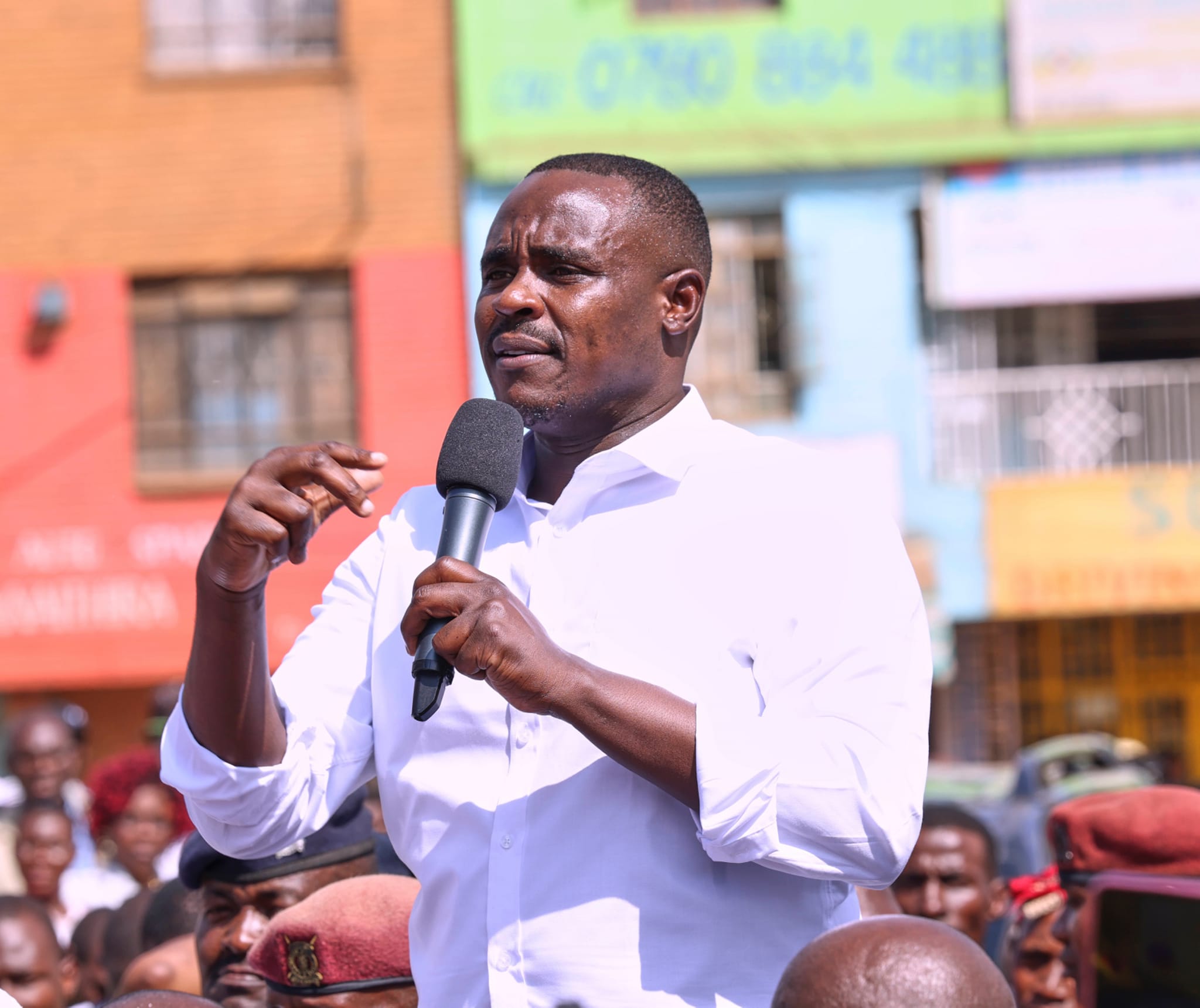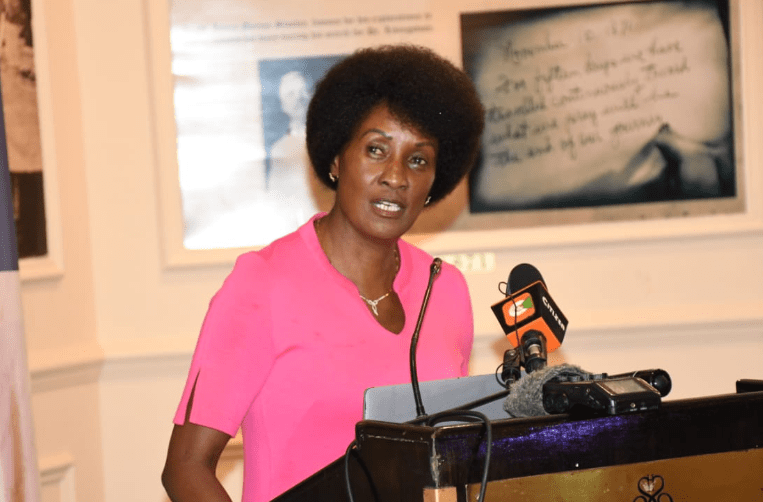Why East Africa has power to build its own green future

In East Africa’s rapidly growing cities, the signs of progress are unmistakable — expanding skylines, busy roads, and a vibrant, youthful population.
But beneath this energy lies a more sobering truth: our development has come at the cost of air quality, public health, and environmental sustainability.
In Nairobi, rush hour turns the skyline grey with toxic haze. In Kampala and Dar es Salaam, bustling traffic belches exhaust into already overburdened atmospheres.
Across Kenya, Tanzania, and Uganda, the reliance on petrol and diesel is exacting a dangerous toll.
Air pollution is no longer an abstract concern; it is a daily threat. The World Bank estimates that air pollution in Nairobi alone drains over $500 million annually from the economy through health-related costs and lost productivity.
The consequences are stark.
According to a 2022 report by the World Health Organisation, more than 70,000 people in sub-Saharan Africa die prematurely each year due to ambient air pollution, much of it linked directly to fossil fuels.
Faced with this crisis, the need for cleaner, more accessible alternatives is not just urgent—it is non-negotiable.
Yet the global discourse around energy transition often leaves Africa out.
The conversation is dominated by electric vehicles, solar mega-grids, and green hydrogen—all valuable innovations but still largely inaccessible to many African economies and households.
What East Africa needs is not only ambition but pragmatism—solutions that fit our infrastructure, economy, and lived realities.
Liquefied petroleum gas (LPG) offers just such a path. While it is not perfect—yes, it remains a fossil fuel—it is significantly cleaner than petrol and diesel, emits far fewer particulates, and is scalable, affordable, and available today.
For example, at Gasfil Kenya, LPG is seen as a bridge fuel: a practical step toward cleaner mobility and a healthier environment while we build capacity for longer-term solutions.
The firm is developing a decentralised LPG infrastructure network designed to fit the specific needs of East African communities.
This means not just setting up stations in affluent urban centres but ensuring that boda boda riders in Kisumu and matatu drivers in Mbale also have reliable access. Clean energy cannot be the preserve of a few; it must be embedded in everyday life across class and geography.
By investing in last-mile delivery systems, local shops, and community-based refilling stations are intentionally eyeing regions where fuel supply chains are inconsistent and expensive, and where centralised models don’t work. This local-first approach makes LPG not only viable but sustainable and scalable.
Moreover, the infrastructure has the potential to serve far beyond the transport sector. Clean cooking remains one of the greatest public health and environmental challenges across Africa.
Over 600 million people in sub-Saharan Africa still rely on biomass—charcoal and firewood—for cooking, exposing families to indoor air pollution and placing enormous pressure on forests.
The same LPG networks that power motorbikes and matatus today can eventually support household energy needs, protecting health and conserving ecosystems.
To unlock the full potential of LPG and other transitional fuels, there is a need for more than infrastructure— the region needs bold policy support and a shift in investment priorities.
Regional governments must enact and enforce incentives that encourage the adoption of clean fuels. These could include tax breaks, subsidies, public-private partnerships, and regulations that discourage high-emission fuels in urban areas.
At the same time, international investors and development institutions must treat Africa’s energy transition as central to the global climate agenda—not as an afterthought.
Financing should reflect the realities of African markets and prioritise solutions that are clean, scalable, and rooted in community needs. There’s no one-size-fits-all model for energy transition, and applying Western blueprints to African contexts risks failure and disillusionment.
However, Africa’s path to a green future must be homegrown, driven by local innovation, supported by region-specific policy, and built around people—not just metrics.
East Africa has the opportunity to define its own trajectory. With a young, dynamic population and rapidly evolving markets, the region can leapfrog outdated systems and embrace modern, clean energy solutions tailored to its context.
The clean energy revolution will not arrive by container ship from overseas. It will grow from within: one community station at a time, one delivery route at a time, and one household decision at a time. We are not waiting for perfection; we are acting on what is possible now.
The air in our cities should not be a death sentence. Our economies should not have to choose between growth and sustainability. East Africa can and must build its own green future—starting with practical steps that clean our air, protect our health, and empower our people.
Because the right to breathe clean air, to grow sustainably, and to shape our own destiny is not something to wait for. It is something to build—together.
The writer is the Managing Director of Gasfil Kenya.














